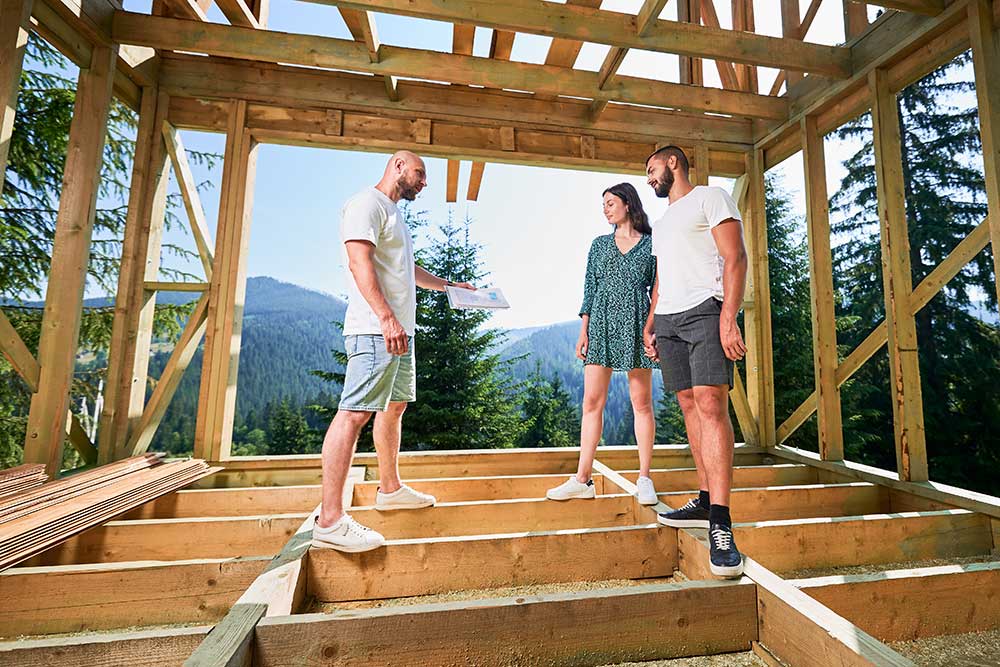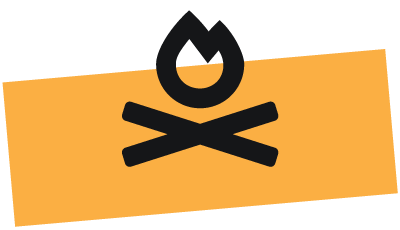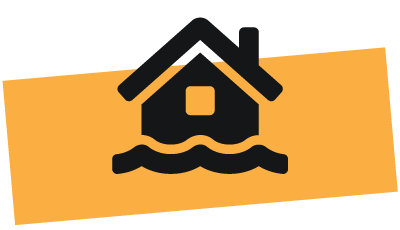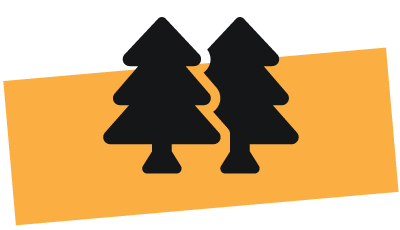In 2011, the new Building Code of Australia (BCA) adopted the updated Australian Standard AS3959:2009 that covers “Construction of Buildings in Bushfire Prone Areas”. The new standard was adopted by all states with some variations in VIC, NSW, SA and TAS. The new standards affect all new construction however there are some Local Authorities that require upgrades to existing structures. AS3959:2018 is now the current Bushfire standard.
The new standards require that every structure built be assessed for bushfire risk; this can be a self-assessment using instructions available from your local council, or by a qualified Bushfire Consultant. The standard refers to this as Bushfire Attack Level; or more commonly as the BAL rating. There are 6 defined BAL ratings which are based on heat flux exposure in kW/m2. BAL-Low, BAL-12.5, BAL-19, BAL-29, BAL-40 and BAL –FZ. All new construction within a bush or forest environment or within 100 metres of any bush or forest is affected by the new Bushfire Standards; this includes home extensions and upgrades.
Bushfire Attack Levels up to BAL-29
For this article I will focus on Bushfire Attack Levels up to BAL-29 because timber can be used in all these levels. All timbers used up to this level must be tested by a NATA approve laboratory using Cone Calorimeter equipment and tested to AS3837 bushfire criteria. Under BAL-40 and BAL-FZ, very little timber can be used; in fact there are only a few timber products approved for use in these high risk zones.
The new standard is about protecting the exterior of your home and preventing spark and ember penetration into the house; it also defines the types of building materials that can be used in a particular BAL rating, and this is where it will affect your choice of timber as a building material.
Appendix F of AS3959:2018, states that a Bushfire-resistant timber is timber that is solid, laminated or reconstituted, is deemed to be acceptable to withstand exposure up to a BAL-29 condition.
Timber may be “bushfire-resisting” by means of one or more of –
- The inherent properties of the material itself. These are timbers listed in appendix H. They are high density timbers that have been tested and declared fire resistant.
- Being impregnated with fire retardant chemicals. These are timbers species that have been impregnated with fire retardant, tested and meet the requirements of AS3959:2018
- The application of fire retardant coatings or substrates. These are timbers species that have been coated with fire retardant or substrate, tested and meet the requirements of AS3959:2018
Throughout the lower BAL rating standards there are also other timbers that can be use as specified in appendix E in tables E1 and E2.
It’s important to understand that Australian bushfire testing process test systems, not products. For example the system comprising timber species pine and fire retardant brand X may be tested and approved for use in Bushfire areas; change either the timber species or the fire retardant and retesting will be required therefore, you will be looking for either a company that can supply pre tested and treated timbers of the species you need, or looking for a company that can supply fire retardant treatments for timber that have been tested, approved for use on the timber species you need, and can be self-applied. AT ALL TIMES, the supplier of the treated timber or the fire retardant must be able to supply you with a copy of the test results that confirm compliance.
This article is a simplified overview and consultation with a bushfire consultant or your local authority is recommended.
Article written by Greg Hooper







